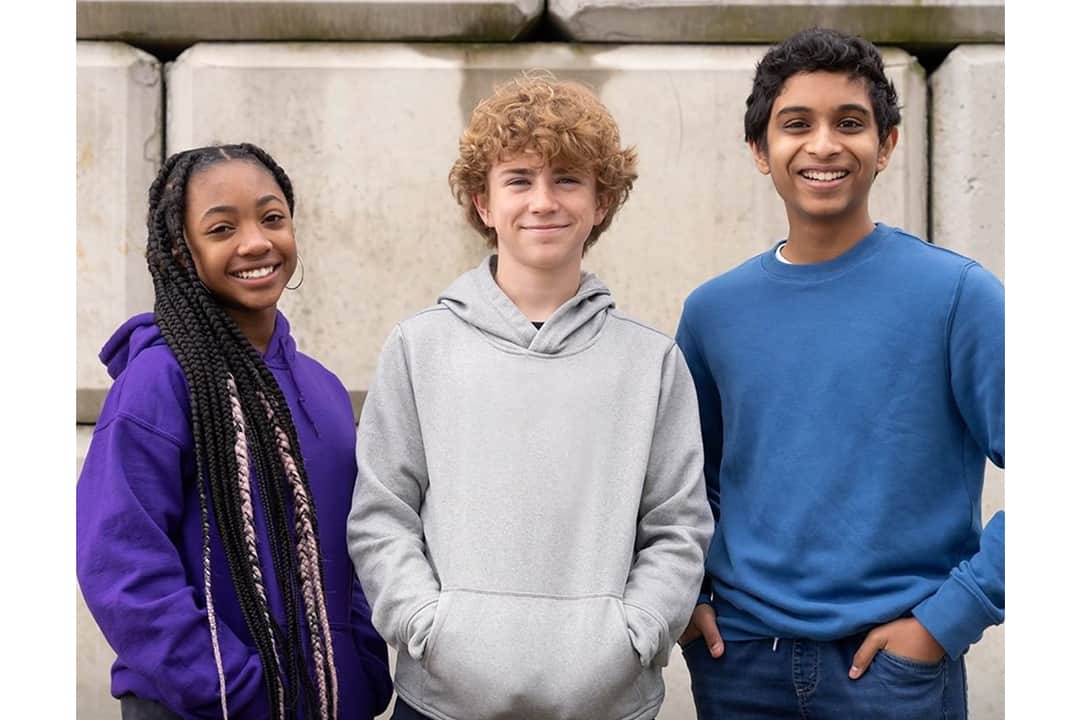As a 10-year-old with a passion for reading, Percy Jackson and the Olympians (PJO) opened up my world.
For those out of the know, the series follows 12-year-old Percy Jackson after he finds out he’s a half-blood — the child of a human and an ancient Greek god. Along with his friends, fellow half-blood Annabeth Chase and satyr Grover Underwood, Percy confronts prophecies, goes on quests, and fights battles, all while describing his adventures in a fast-paced, sarcastic narrative. Today, this series has sold over 15 million copies in the US and has been adapted into movies, a musical, and, now, a TV series on Disney+, expected to premiere in 2023.
While that might sound pretty standard, PJO’s half-bloods are a little different from most heroes. Instead of having telekinesis or laser eyes, they all have attention-deficit and hyperactivity disorder (ADHD) and dyslexia, which are both medically considered disabilities.
However, in PJO, these so-called limitations become strengths, with dyslexia allowing half-bloods to read Ancient Greek and ADHD enabling quick thinking and hyper-awareness in battle. As a result, children with these conditions get to see that their strength is not determined by their diagnosis.
Though the new PJO series’ casting, announced on May 5, has been met with backlash, I think that it furthers this intention of providing kids with representation. After Disney initially announced the casting of Walker Scobell as Percy Jackson, it rounded off the main trio with the casting of Leah Sava Jeffries as Annabeth and Aryan Simhadri as Grover. The casting was age appropriate, sidestepping a major critique of the 2010 movie adaptation; however, it did make a notable change to the original story — Jeffries is Black and Simhadri is South Asian.
Despite the fact that race was never a theme in the series, nor did it lead to any conflict, this casting prompted a significant amount of backlash from fans who feel that these actors can’t play these characters because they don’t look like them — Annabeth and Grover appear as white Americans in the series’ official artwork.
The irony is that when the series’ author Rick Riordan first wrote The Lightning Thief, he already had representation in mind. Riordan realized that his son couldn’t see himself in any of his fictional heroes after being diagnosed with ADHD and dyslexia. For this reason, Riordan decided to create a hero for his son to look up to, using the Greek gods from their favourite stories.
His half-bloods had the same diagnoses as his son to reframe the narrative of these disabilities. Of course, this doesn’t mean that the PJO book series represents everyone.
When I read through the series as a kid, I imagined that Percy, Annabeth, and Grover were South Asian, just like me. Their growth inspired me to look past my obstacles, just as they did — I learned with them as Percy found the courage to become a strong leader, Annabeth turned her arrogance into fierce pride in herself and her friends, and Grover gained self-confidence during his lifelong search for the lost god Pan. I looked for myself in their stories.
But in books, character descriptions are made in passing comments, so it’s easy to look past them and picture the characters for yourself. This is not the case for movies or TV shows, in which people of colour — if they’re even cast at all — are often included as diversity tokens in a predominantly white cast.
Media influences social standards, and for too long, casting directors have disregarded this. From behaviour to beauty, the brightest light has consistently been focused on white people, while people of colour have been left in the shadows. This leads to marginalized communities consistently seeing themselves in one character that is meant to embody their whole race, which consequently leads to misrepresentation and stereotypes.
The representation in the PJO TV series breaks the pattern of diversity tokens and sheds stereotypes. Riordan himself has commented on the backlash in a blog post on his site, explaining that “the core message of Percy Jackson has always been that difference is strength.” His defence of the casting decisions displays Riordan’s full support for the three actors, and thus reinforces the original goal of this series: to never lower the value of diversity, and to let children see themselves in their heroes.
This decision also opens the door for a new generation of PJO fans and expands the reach of the original series. With this cast, a Black girl can see herself in a confident fighter and skilled architect, and a brown boy can see himself as a caring companion and determined ecologist.


